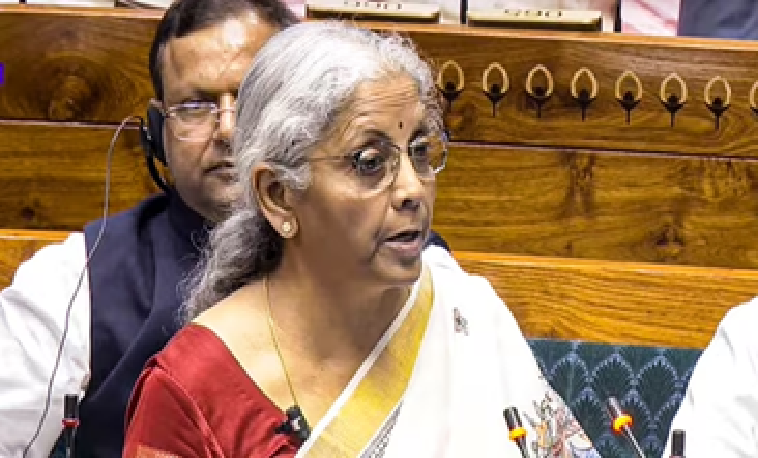
Educational Institutions rank the lowest in providing digital education: Study
NT Correspondent
Bengaluru: A latest report shared by a city-based research group showed that 98 percent of the general public use digital technologies without any formal training, in which 83 percent of the people have learn about latest technologies only through word of mouth.
"This indicates a lack of formal digital education,” said Krishnan Narayanan, who co-founded research group named itihaasa.
Narayanana was among the people who authored a study titled, “Digital Society in India - A Study on Urban Bengaluru,” recently.
The report of the survey was launched at an symposium titled ‘Emerging Opportunities and Challenges in the Digital Society,’at the International Institute of Information Technology in Bengaluru.
"Word of mouth, as a source, is predominantly seen in respondents from the Socio economic class (SEC) ‘C’ which is the lower middle class family,” he said.
The SEC’s are divided based on the education of the chief wage earner and the number of “consumer durables,” anything that does not wear out quickly.
“It can be inferred that the public have their reservations on enhancing digital skills,” he explained.
The study, which aims to assess the digital infrastructure and its usage by the people in the city, also found out that even the ‘IT Experts’ who work in IT Services, Global Capability Centres, Research and Development, and Startups also depend on word of mouth.
“Around 64 percent of the respondents admit to sourcing their information from their friends and colleagues. Only 1 percent depend on schools and colleges for information on this, which is concerning. The report also touched up on the main purpose of digital technology.
“90 percent of the public use it to call or message via mobile application WhatsApp, followed by consuming video content on video sharing platform YouTube," he added.
However, the report also pointed out the paltry numbers in the education sector.
Only 11 percent, on an intermittent basis offer digital learning courses, and only seven percent watch videos for their educational needs.
 English daily published in Bengaluru & Doha
English daily published in Bengaluru & Doha






